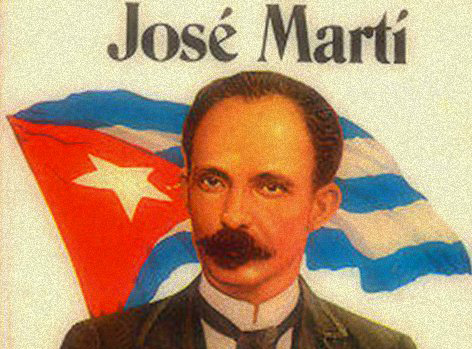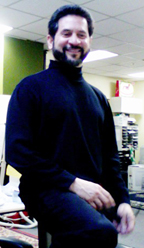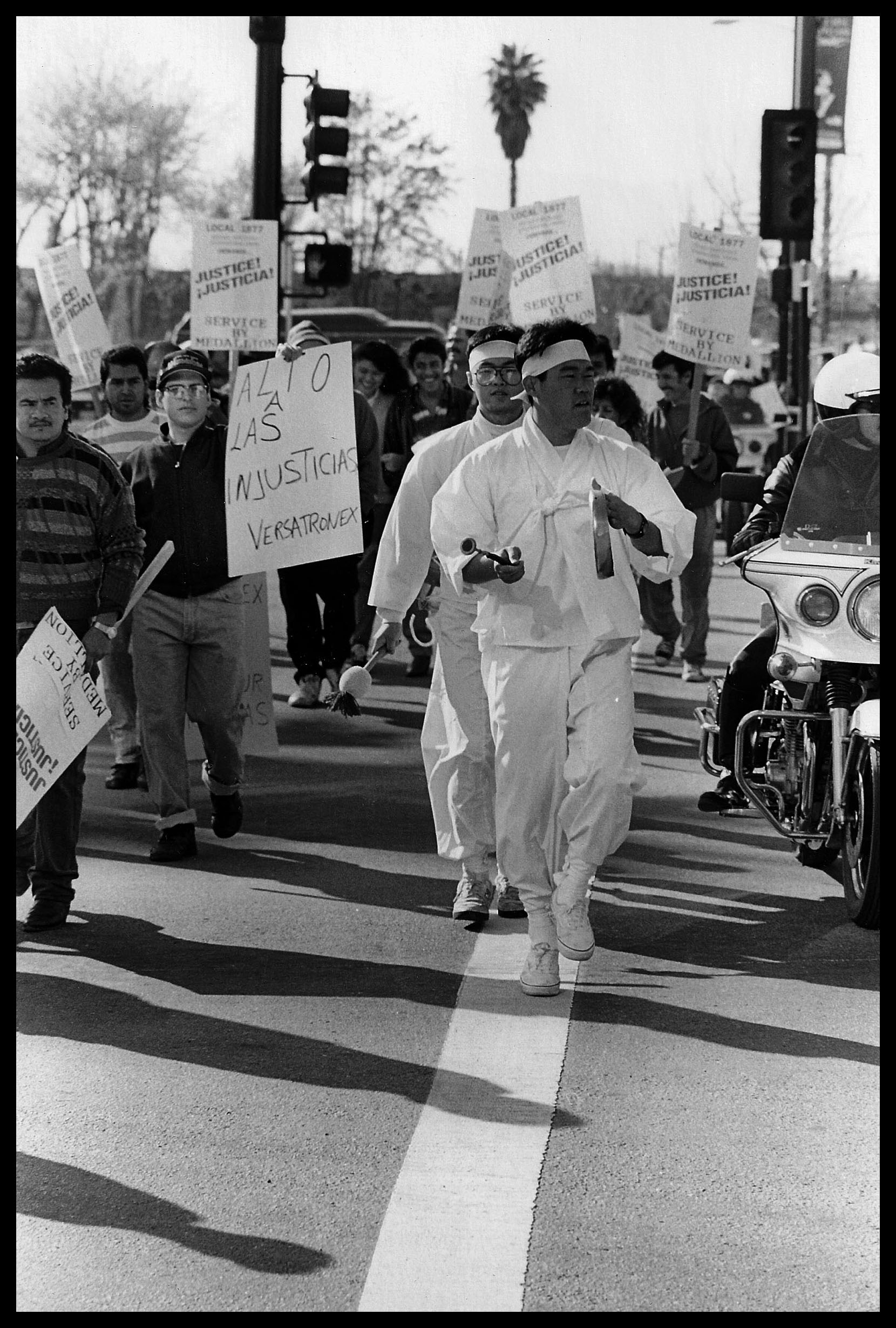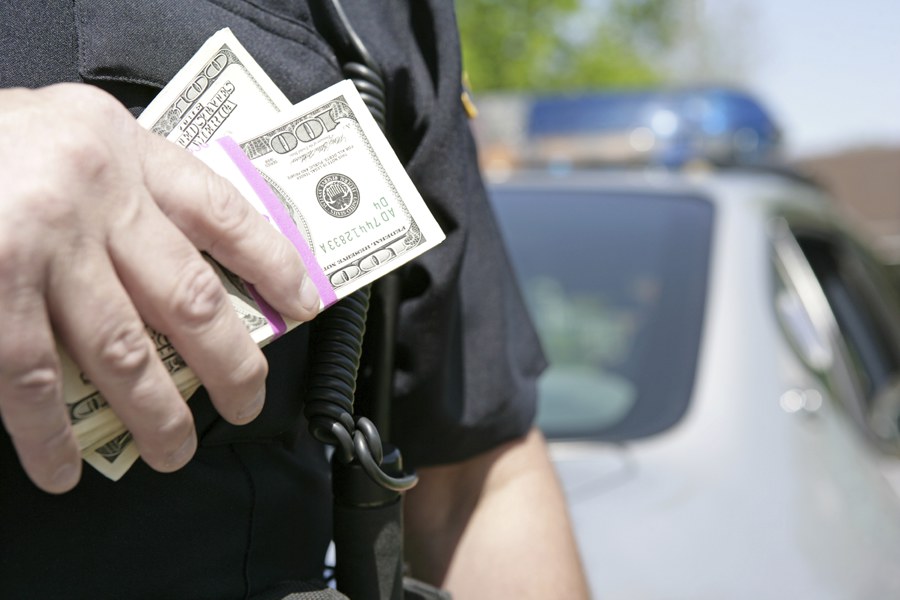by the El Reportero’s news services
Cuban National Hero, José Martí, and poet, José María Heredia, two exponents of Caribbean literature in 19th century, remain a force today in Mexico through their life and work.
Marti has been remembered here 121 years after his death in combat, on May 19, 1895, with many programs during Cuba Week in Mexico.
Cuba Week, held from May 17 to 19, includes lectures, book launches and film screenings.
The event is organized by the National Institute of Anthropology and History and the island’s embassy in Mexico.
Marti’s call for independence and continental integration (1853-1895) is still in force today, although he is a little-known author for new generations, Historian, Maria Eugenia del Valle, said.
Del Valle, assistant director of Contemporary History at the Historical Studies department, stated that Jose Maria Heredia, considered the first poet of romanticism in Latin America, was also remembered.
Heredia, who died of tuberculosis at the age of 35, arrived in Mexico in 1825.
He was born in Santiago de Cuba on Dec. 31, 1803, and died in Toluca, state of Mexico, on May 21, 1839, although other texts state Mexico City as the place of his death.
He is considered one of the best Cuban bards and received the title of ‘Cantor del Niagara’, due to his ode of that name. He is best known for his poem ‘Himno al Desterrado’.
Marti arrived in Veracruz, Mexico, on Feb. 8, 1875, where he was reunited with his family.
He started a close friendship with Manuel Mercado and met Carmen Zayas Bazan.
Carmen Zayas Bazan was a woman from Camagüey, Cuba, who later married Marti in the Mexican capital.
Ismaelillo’, ‘The Golden Age’ and ‘Simple Verses’ are among Marti’s best known works.
Cuba Week began on Tuesday, May 17, with a lecture ‘Un Vientre de Compacto Coral’ by the cultural counselor at Cuba’s embassy, Fidel Antonio Orta.
More than 100,000 people visited the book fair of Tijuana in Mexico
More than 100,000 people visited the 34th Book Fair of Tijuana, Mexico, dedicated this year to the 400th anniversary of the death of Spanish writer Miguel de Cervantes and English writer William Shakespeare, according to Vianett Medina, coordinator of the event.
The event also paid tribute to Mexican poetiss Sor Juana Ines de la Cruz (1651-1695), for the 365th anniversary of her birth.
Medina, also president of the Union of Booksellers of the city of Tijuana, highlighted the positive balance of the event that is held from May 13 to 22 in Baja California.
The event included more than 200 activities, such as editorial presentations, homage to famous writers, talks, dancing and musical shows, poetry reading, narration sessions and others including two concerts of contemporary music, projection of eight films and five documentary films.
Latin American and Caribbean culture week starts In France
The Latin American and Caribbean Culture Week starts in Paris today to celebrate and strengthen relations between France and the region, Foreign Ministry sources reported today.
In this third edition of the event, which takes place until June 5th, more than 300 activities will be carried out across 50 cities in the country, including exhibitions, round tables, concerts and lectures.
Economy will be one of the main focus topics, since the 8th edition of the Latin American and Caribbean Economic Forum: “New Challenges and Innovative Alliances in a Changing World”, is also taking place.
The event has been organized by the Organization for Economic Co-operation and Development, Inter-American Development Bank and the French ministries of Economy and Finances.
The activities scheduled will focus on topics like biodiversity and tourism, education, sustainable development, architecture, heritage, history and ethnology.
On Feb. 16, 2011, the French Senate unanimously approved a resolution proposing to celebrate the Latin American and Caribbean Day Culture on May 31st every year.
This way, they highlighted the importance of the shared values and the bonds that have existed between France and the region for the last two centuries, the Foreign Affaris Minister said.









